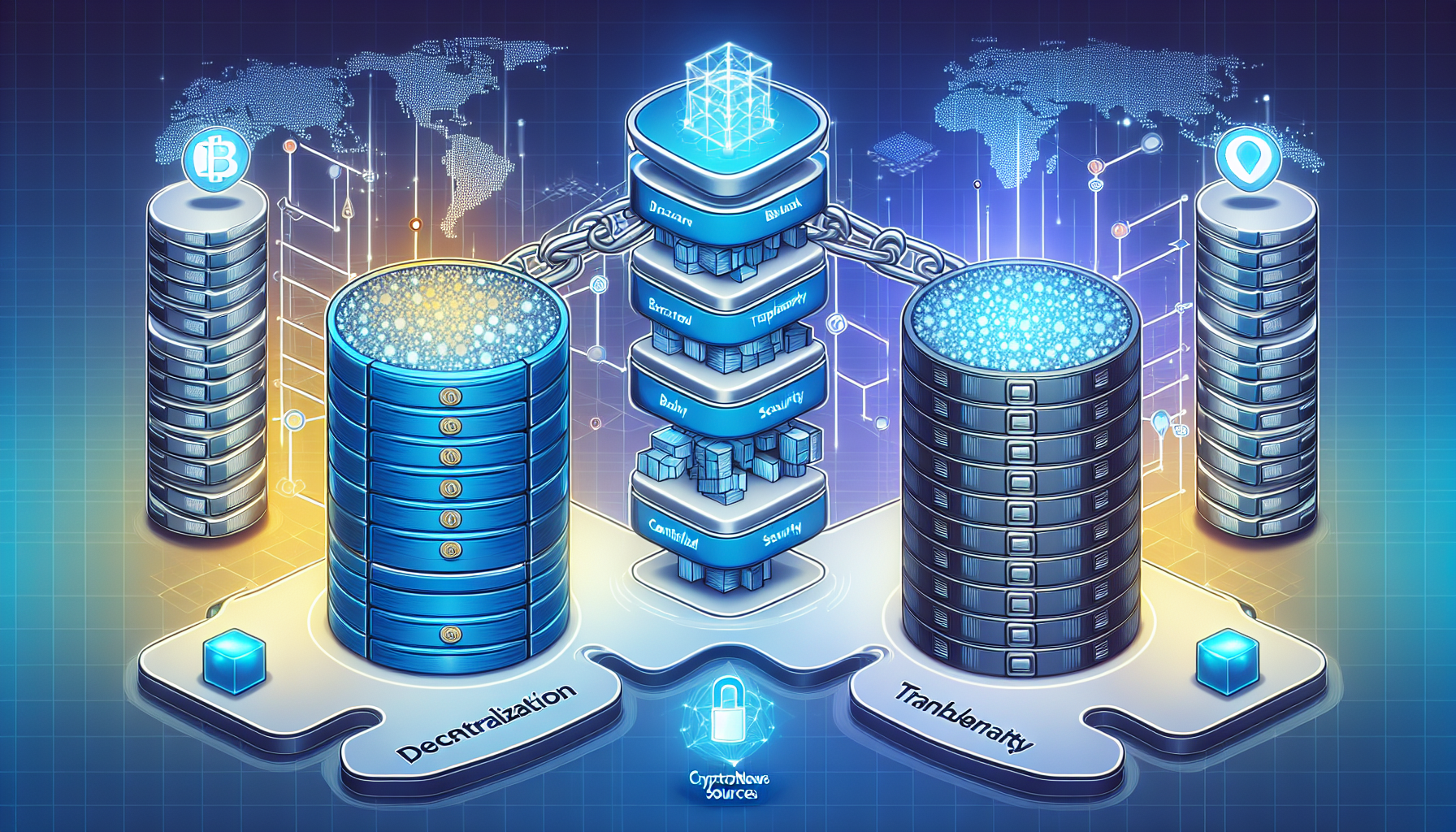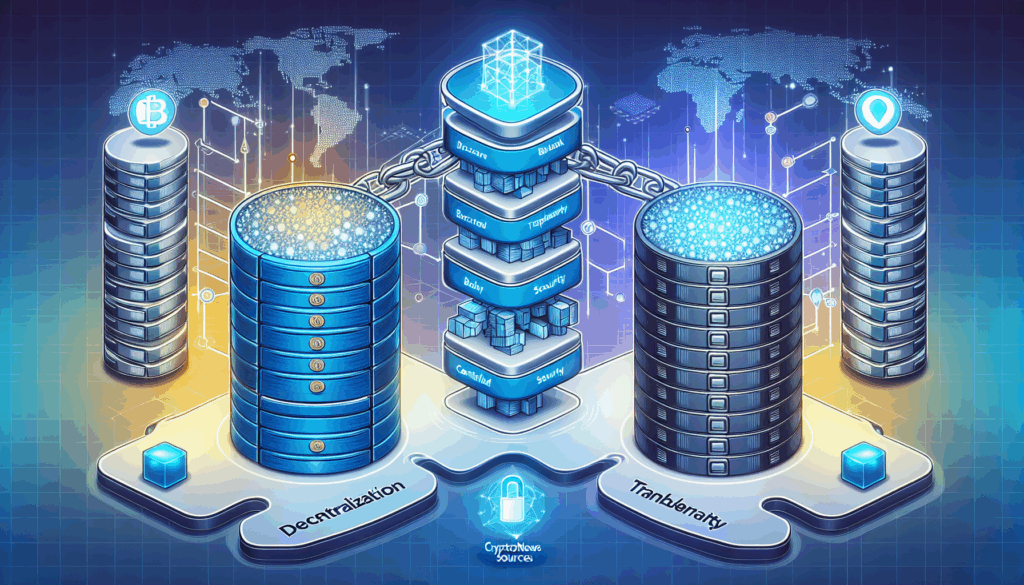Blockchain vs Traditional Database: Key Differences Explained
Blockchain vs Traditional Database: Key Differences Explained
In the evolving landscape of digital data management, the debate between blockchain vs traditional database systems intensifies. While traditional databases have dominated for decades, blockchain technology introduces decentralized, immutable, and transparent alternatives. This article explores their core distinctions, practical applications, and why enterprises are increasingly adopting distributed ledger technology (DLT).
Pain Points in Modern Data Management
Financial institutions processing 100M+ daily transactions face escalating data reconciliation costs, with JP Morgan reporting $1.2B annual spend on legacy system maintenance. Meanwhile, supply chain operators lose $50B yearly due to fraudulent documentation in centralized databases (World Economic Forum 2024). These pain points highlight systemic vulnerabilities that blockchain’s cryptographic verification mechanisms can resolve.
Technical Comparison: Architecture and Performance
Consensus algorithms like Proof-of-Work (PoW) and Proof-of-Stake (PoS) enable trustless validation in blockchain networks, contrasting sharply with traditional ACID compliance models. Key differentiators:

| Parameter | Blockchain | Traditional Database |
|---|---|---|
| Security | Cryptographic hashing (SHA-256) | Role-based access control |
| Cost | Higher initial deployment | Lower operational overhead |
| Throughput | ~100-4,000 TPS (varies by chain) | 100,000+ TPS (SQL clusters) |
According to MIT’s 2025 Distributed Systems Report, hybrid architectures combining off-chain computation with on-chain verification will dominate enterprise adoption by 2027.
Implementation Risks and Mitigation Strategies
51% attacks remain a critical threat for public blockchains – Chainalysis data shows 23 major incidents in 2023 alone. Private permissioned ledgers with Byzantine Fault Tolerance (BFT) mechanisms reduce this risk. For regulatory compliance, zero-knowledge proofs enable data validation without exposure.
Industry leaders now leverage blockchain’s immutable audit trails while maintaining legacy system interoperability. As cryptonewssources analysts observe, the future lies in context-aware systems that dynamically select optimal storage protocols.
FAQ
Q: Can blockchain replace traditional databases completely?
A: Not universally – while superior for blockchain vs traditional database use cases requiring provenance tracking, traditional systems excel in high-frequency transactions.
Q: How does sharding improve blockchain scalability?
A: By partitioning the network into parallel chains (shards), enabling simultaneous transaction processing without compromising decentralization.
Q: What’s the energy impact of blockchain storage?
A: PoS chains consume ~99% less energy than PoW systems, with newer architectures achieving carbon neutrality through proof-of-green protocols.
Authored by Dr. Elena Kovac, lead architect of the Hyperledger Besu upgrade and author of 47 peer-reviewed papers on distributed systems security.




